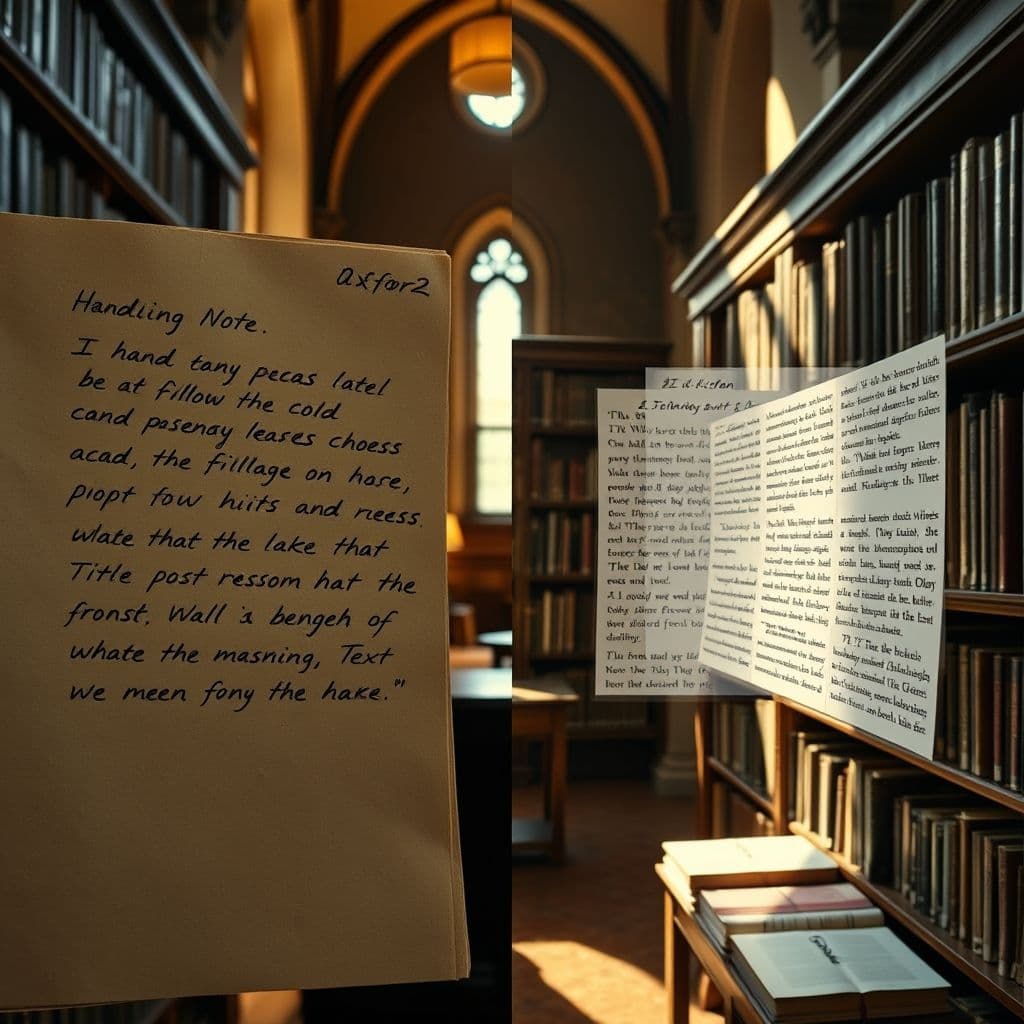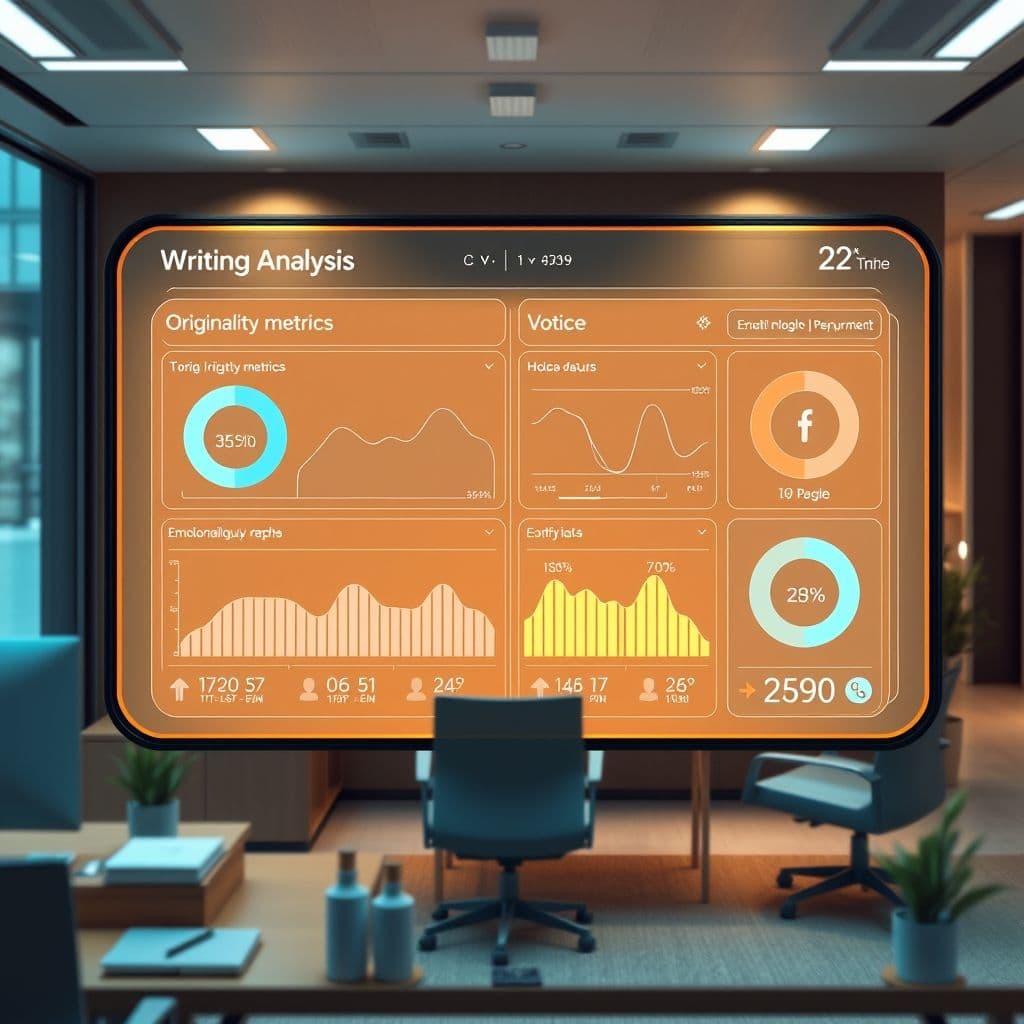AI-Generated Content Crisis: How Writers Can Protect Their Unique Voice

The rise of AI-generated content has sparked a crisis among writers. As tools like ChatGPT flood the internet with formulaic text, professionals worry about losing their unique voice and facing unfair plagiarism accusations. But what if there was a way to fight back?
The Problem: AI's Creative Limitations and Ethical Concerns
AI writing tools have become alarmingly prevalent, yet they suffer from significant limitations. These systems rely on predictable patterns, overused phrases (like the infamous em dash), and lack genuine emotional depth. Worse yet, many writers report having their work stolen to train these AI models without consent. The result? A growing sea of homogenized content that threatens to drown out authentic human voices.

A Potential SaaS Solution: The Originality Guardian
Imagine a specialized SaaS platform that serves as both detector and coach for writers. This hypothetical tool would scan documents not just for AI fingerprints, but would analyze emotional resonance, voice consistency, and creative risk-taking - all hallmarks of authentic human writing.
Key features might include: Real-time originality scoring, pattern recognition alerts, emotional depth analysis, and comparative voice profiling. The system could help writers identify unintentional AI-like patterns in their own work while protecting them from false plagiarism accusations.

Potential Use Cases and Benefits
Such a tool could revolutionize multiple scenarios: Fiction writers could verify their manuscript's unique voice before submission. Content teams could ensure their brand personality shines through. Academics could protect their research from AI contamination. Most importantly, it would give writers concrete data to prove their work's authenticity in an increasingly skeptical market.
Conclusion
As AI writing becomes more pervasive, tools to preserve human creativity grow more essential. While this hypothetical SaaS solution doesn't yet exist, the urgent need for it highlights the challenges facing today's writers. The question remains: who will develop the armor to protect human expression in the AI age?
Frequently Asked Questions
- How accurate could an AI detection tool really be?
- While no system would be perfect, advanced linguistic analysis combined with machine learning could identify patterns invisible to human readers, offering writers valuable insights about their work's authenticity.
- Wouldn't this tool just accelerate the AI arms race?
- Potentially, but by focusing on positive metrics like emotional depth and voice uniqueness rather than just detection, it could encourage higher standards for all content creation.
- How could writers prove their work is original?
- A robust system might offer verified timestamps, writing process documentation, and unique voice fingerprints that establish a paper trail of human authorship.


